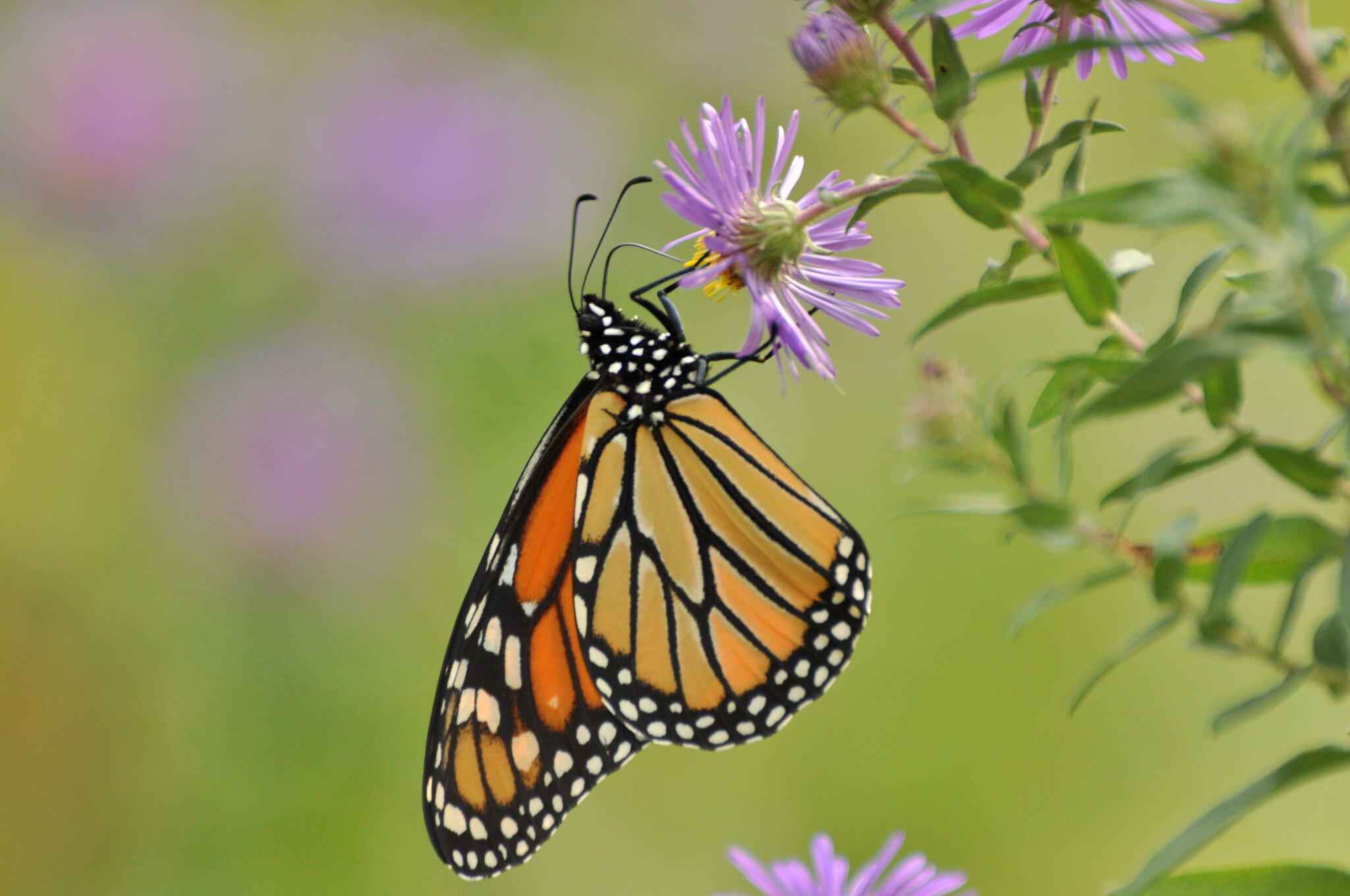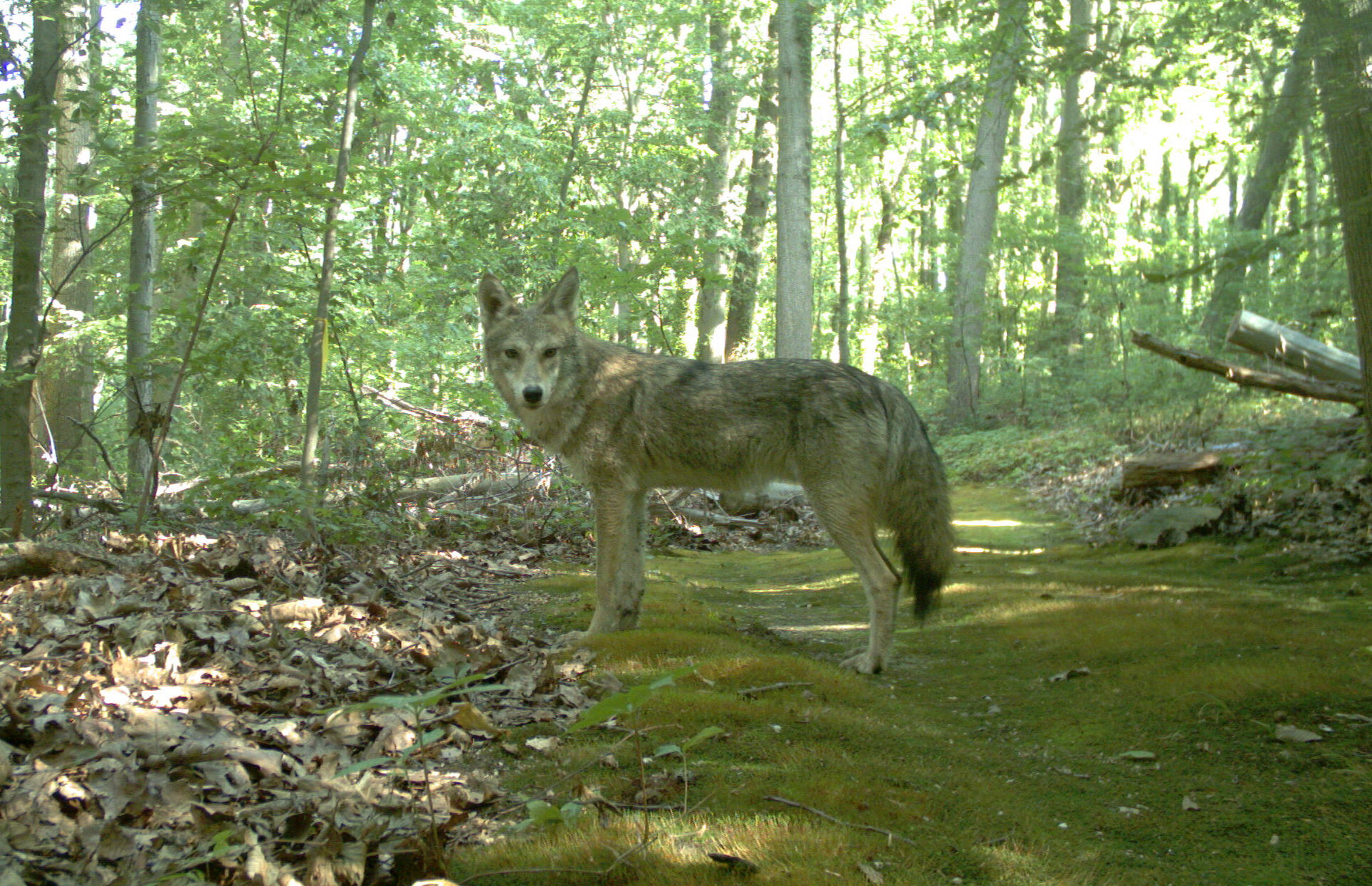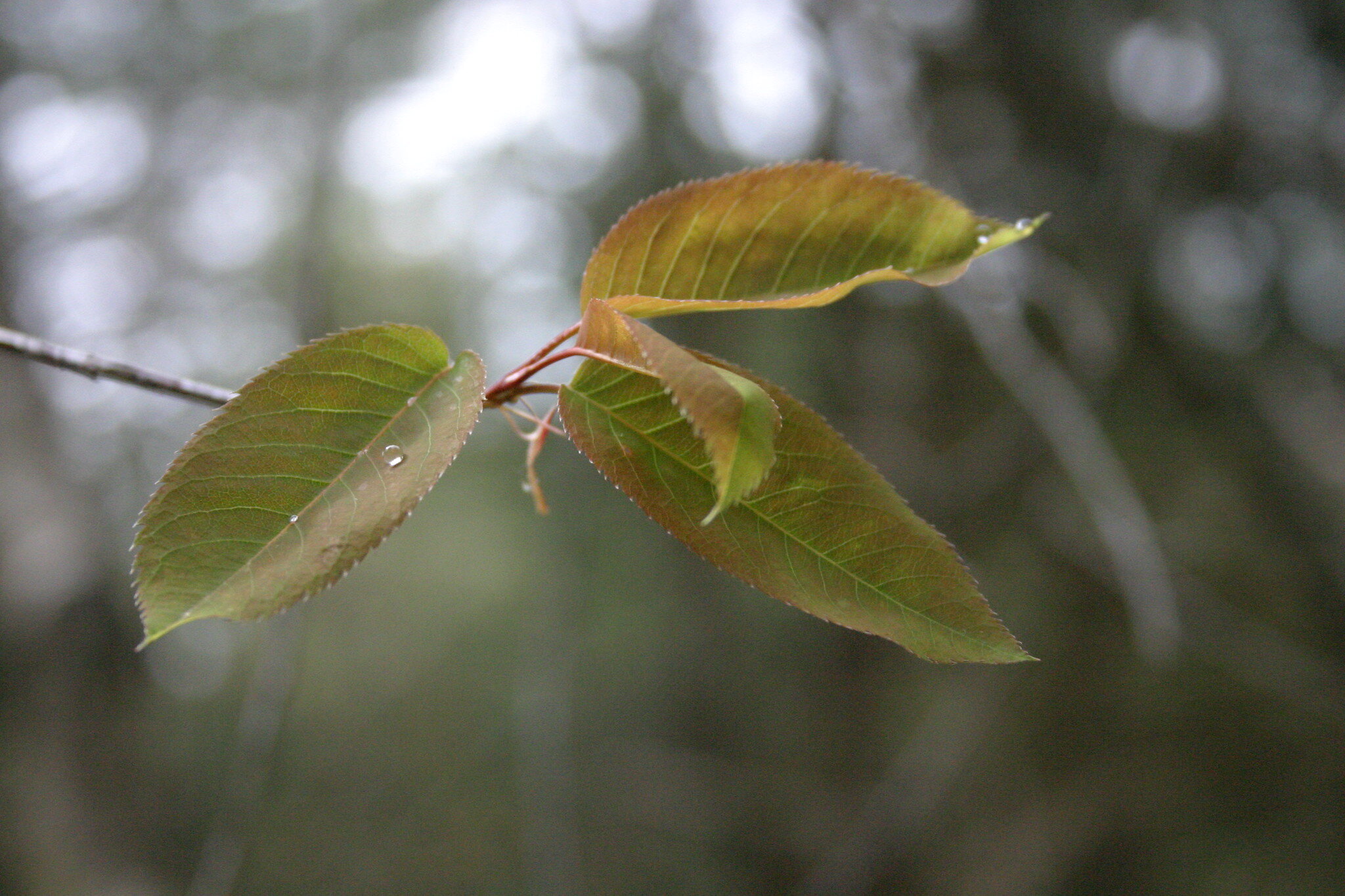At the landscaping company where I spent my summer breaks from college, you knew it was going to be a good day if at the 7 a.m. job allocations you were assigned to work with Kenny. Of the half dozen or so foremen, he was the most coveted by the summer laborers. He was a reluctant taskmaster and was usually sent to the most out-of-the-way jobs (more time in the truck meant shorter work days). He was even known to stop for ice cream on the way back to the yard on occasion.
The only thing with Kenny is that he liked to talk. Whether we were digging holes, spreading mulch or laying in the grass trying to catch some shut-eye during lunch, Kenny’s mouth was generally going non-stop. More often than not he would hold forth about his favorite pastime: hunting. And talk about hunting usually led to talk about his favorite quarry: turkeys. Which is why any recollections about a day with Kenny generally included the phrase “talkin’ turkey,” as in “Kenny spent the whole drive home today talkin’ turkey.”
Kenny participated in all kinds of hunting (and fishing, too), but to him the pinnacle of the sport was bow hunting for turkey. There’s no greater challenge in hunting, he would remind us repeatedly, then to get close enough to a turkey to hit it with an arrow. And, he would say, there is no more worthy foe than a wise, old gobbler (hunting stats back him up: success rates for licensed turkey bow hunters is less than 5%).
He would repeat the same stories over and over again, changing them up (intentionally or not, I was never sure) just enough to keep you listening. But his themes were consistent: turkeys are smart, cautious and cunning; turkeys are masters of camouflage; and turkeys can disappear fast as hell (they can fly 50 miles/hour and run 20 miles/hour for short bursts!).
He’d tell us how sometimes a gobbler would be calling plain as day right in front of his blind and he couldn’t see it. Or about how a turkey would call from one side of his blind and then call from the opposite side a minute later without giving any indication that it had moved from place to place. And Kenny was convinced the smartest turkeys knew to stay teasingly just outside the range of his bow & arrow.
He may have stretched the truth from time to time, but there was no doubting Kenny’s admiration and reverence for the big birds. I’ve never been a hunter myself, but I had enough run-ins with wild turkeys to eventually come around to appreciate and understand Kenny’s respect for them.
Once, while mountain biking near where I grew up in Pennsylvania, a wild turkey nearly caused me to crash. I was cresting a small ridge on a single-track trail through thick woods when the huge bird flushed out of the understory just ahead of me. The noise as it lifted into the sky and flew across my path was so great and so startling that I found myself momentarily off the trail and dodging trees. A turkey flying unexpectedly through the woods in front of you, with all its associated noise and fuss, is –I can tell you–completely disquieting!
When I did regain control of the bike (and my nerves) I quickly jumped off and ran in the direction of the bird. I knew it hadn’t flown far and was excited to get a better look at it. I crouched down near the crest of the ridge where I had an expansive view of the woods as they sloped away from me. But it was nowhere to be seen. I knew it was there somewhere, but I couldn’t find it, despite looking around for almost half an hour. It was there, under my nose, just teasing me, as Kenny would have said.
Wild turkeys, our largest ground nesting bird, are native to various parts of North America and flourished in the eastern United States in pre-colonial days. But the loss of woodlands to farming and the popularity of turkey as a game bird and food staple resulted in their rapid decline. By the time our nation was founded wild turkeys were already hard to find in many places. They were officially gone from Connecticut by 1813. Reporting on his observations during the late 1830’s John James Audubon had this to say about turkeys: “In the course of my ramble through Long Island, the State of New York, I did not meet with a single individual, although I was informed that some exist in those parts.” If they did in fact still exist, they weren’t around for long: according to state records, the last of the wild turkeys disappeared from New York in the mid-1840s.
Turkeys, of course, as any grade school student knows, were part of the original Thanksgiving celebration at Plymouth Plantation. While some experts argue that they weren’t a central part of the Pilgrim feast in 1621, they did come to be the focus of the American holiday meal by 1800. And their disappearance from the wild a few decades later did little to disrupt this tradition. By then, a domestic turkey breed imported from Europe (but with North American roots) had replaced its wild cousin at most holiday tables. It is, in fact, this selectively-breed, mass-produced, domestic version, the White Broad-Breasted Turkey, that most of us eat at Thanksgiving.
But for at least a few Long Islanders, that may be changing. In 2009, for the first time ever, wild turkey hunting was permitted in Suffolk County during a short five-day season just before Thanksgiving (102 birds were taken). The hunt was announced by the New York Department of Conservation in response to the bird’s growing population on the island. The number of turkeys has swelled to more than 3,000 after a reintroduction program was launched by the DEC in 1992 with only 75 birds.
The turkey’s success on Long Island is illustrative of their stunning comeback across their historic range, and beyond. As farming declined and forest cover rebounded, remnant populations slowly began to expand. In the 1950’s, as more and more suitable habitat became available, wildlife agencies and hunting organizations launched various efforts to reintroduce turkeys to their former range. While early efforts to release farm-raised turkeys were a failure (the birds weren’t wild enough to survive on their own), more recent programs to catch and relocate wild turkeys have been a fantastic success. After being nearly wiped out, the nationwide turkey population is estimated at nearly 4 million, with healthy populations in 48 states. Now that’s some turkey really worth talkin’ about!
Turkey sketch by Steve Terr, 2016. Photo by Don McCullough, 2014. All rights reserved.



